Trek Factory Racing's Markel Irizar: Disc brakes will be the future
The first test of a disc-equipped bike on a Grand Tour impressed its rider, but opens up a Pandora’s Box of complications
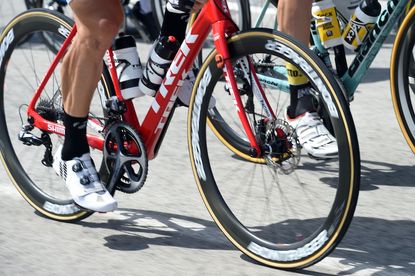
Markel Irizar's bicycle on stage eight of the 2015 Tour of Spain
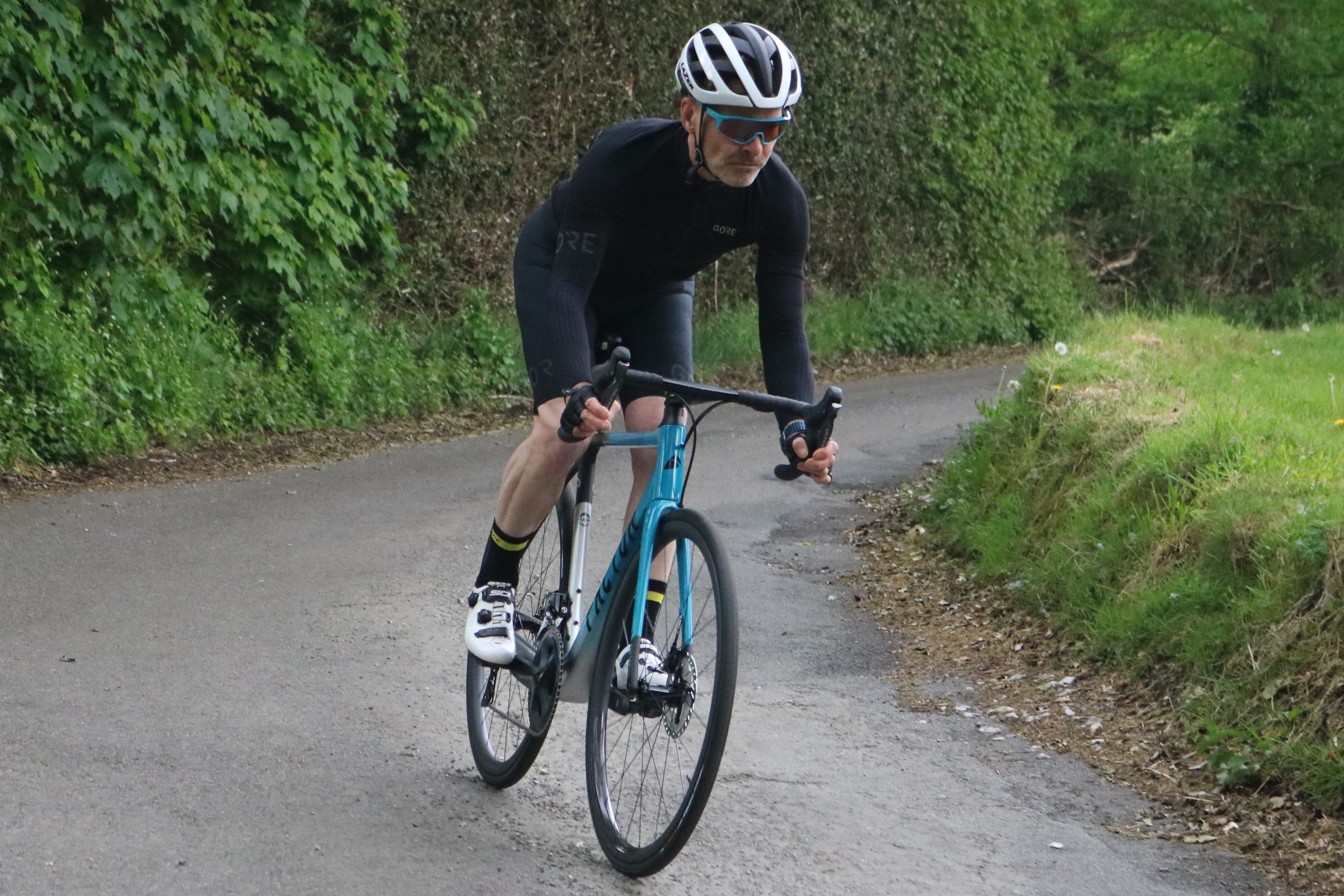
On Stage Eight of the Vuelta a España, Trek Factory Racing’s Markel Irizar rode a disc equipped Trek Domane. This was the first outing for a disc-equipped bike in a Grand Tour and with plenty of descents and high temperatures, a good opportunity to prove their efficacy.
>>> First sighting of disc brakes in the peloton at Eneco Tour
Irizar told Eurosport that he found braking much better than a normal rim brake. He also discounted the weight penalty, saying that "they are heavier but the braking is much better.
"I think that they will be the future", he concluded.
Although the brakes weigh around 500g more than rim brake calipers, he pointed out that the UCI’s 6.8kg minimum weight limit meant that the actual weight penalty was much less.

One complication of disc brakes which will need to be overcome is the numerous standards used. Whereas neutral service only has to carry replacement front and rear rim braked wheels to be swapped in case of a puncture, there are many more potential options with discs.
Trek’s Domane has front and rear thru axles. The rear is 142x12mm although many disc braked bikes come with a more standard 135mm axle spacing – with either a thru axle or a quick release. The Domane’s front wheel runs on a 15mm thru axle, which at least seems to be becoming something of a standard. Many bikes use 160mm rotors front and rear too, although Sky’s disc-equipped Dogma ridden by Bernie Eisel at the Eneco Tour was equipped with 140mm discs.
>>> Are discs necessary on pro bikes?
These complications mean that a puncture currently requires a bike change, which is slower than a wheel change and there are fewer complete bikes than wheels available in a race too.
Irizar’s bike apparently came out well from the trial and he told Eurosport that he was keen to use it in other stages. Pros have raised the risk of locking up a wheel and the difference in braking power leading to crashes on descents. A crash involving contact with a hot brake disc is likely to be painful too.
>>> Cervelo R3 Disc to hit peloton
The real test will be a high mountain stage in wet conditions – the next couple of weeks of the Vuelta should provide plenty of the former and quite likely the latter too.

Thank you for reading 20 articles this month* Join now for unlimited access
Enjoy your first month for just £1 / $1 / €1
*Read 5 free articles per month without a subscription

Join now for unlimited access
Try first month for just £1 / $1 / €1
Get The Leadout Newsletter
The latest race content, interviews, features, reviews and expert buying guides, direct to your inbox!
Paul started writing for Cycling Weekly in 2015, covering cycling tech, new bikes and product testing. Since then, he’s reviewed hundreds of bikes and thousands of other pieces of cycling equipment for the magazine and the Cycling Weekly website.
He’s been cycling for a lot longer than that though and his travels by bike have taken him all around Europe and to California. He’s been riding gravel since before gravel bikes existed too, riding a cyclocross bike through the Chilterns and along the South Downs.
-
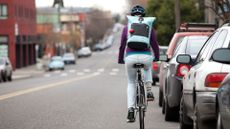 Top 5 five U.S. cities with the most bike commuters revealed
Top 5 five U.S. cities with the most bike commuters revealedAccording to new research from DesignRush, Corvallis, Oregon, has the highest percentage of workers that regularly commute to work by bike.
By Kristin Jenny Published
-
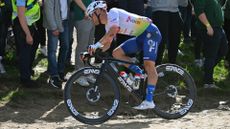 ENVE Composites under new ownership: private Utah investment firm takes the wheel
ENVE Composites under new ownership: private Utah investment firm takes the wheelAmer Sports, the parent company of Enve Composites, announced today that the Enve brand has been acquired by PV3, a Utah-based private investment firm allegedly owned by avid cyclists.
By Anne-Marije Rook Published
-
 ‘I couldn’t quite believe it’ - Charlie Quarterman on his rags to riches Giro d’Italia selection
‘I couldn’t quite believe it’ - Charlie Quarterman on his rags to riches Giro d’Italia selectionThe British rider spent a year at amateur level with Philippe Wagner Cycling before heading back to the top with Corratec
By Tom Thewlis Published
-
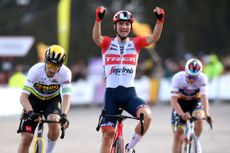 ‘Giving up the Giro breaks my heart’ – Trek’s Giulio Ciccone forced out of home tour by Covid symptoms
‘Giving up the Giro breaks my heart’ – Trek’s Giulio Ciccone forced out of home tour by Covid symptomsItalian was relishing leading Trek’s challenge at Giro that starts in his home region
By Peter Cossins Published
-
 Lizzie Deignan to return to racing at Flèche Wallonne, is a possibility for Liège–Bastogne–Liège
Lizzie Deignan to return to racing at Flèche Wallonne, is a possibility for Liège–Bastogne–LiègeTrek-Segafredo finalise roster for Wednesday's Ardennes Classic, with Deignan returning for the first time since 2021
By Tom Thewlis Published
-
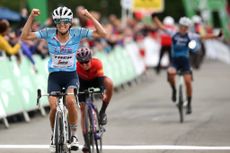 Lizzie Deignan: 'It’s a shame someone can’t see the value of the Women’s Tour'
Lizzie Deignan: 'It’s a shame someone can’t see the value of the Women’s Tour'The Women’s Tour’s only double winner expresses her disappointment after the cancellation of the 2023 race
By Owen Rogers Published
-
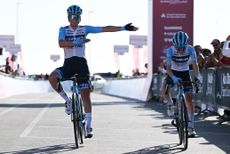 ‘She said she wanted to cry’ - Elisa Longo Borghini lauds team-mate after dominant Jebel Hafeet win
‘She said she wanted to cry’ - Elisa Longo Borghini lauds team-mate after dominant Jebel Hafeet winThe Italian duo rode clear of the peloton at the UAE Tour to take a memorable one-two
By Tom Davidson Published
-
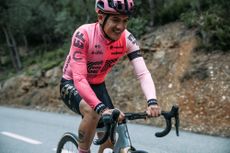 All the 2023 kits: EF Education-EasyPost share latest collaboration with Rapha
All the 2023 kits: EF Education-EasyPost share latest collaboration with RaphaAmerican WorldTour team become latest to release their new 2023 kit, here's the rest
By Adam Becket Published
-
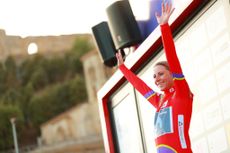 Van Vleuten confirms her superiority with Ceratizit Challenge GC victory
Van Vleuten confirms her superiority with Ceratizit Challenge GC victoryElisa Balsamo takes the final stage bunch kick on the Madrid circuit after consummate work from Trek-Segafredo
By Owen Rogers Published
-
 Trek-Segafredo win the Ceratizit Challenge by La Vuelta team time trial
Trek-Segafredo win the Ceratizit Challenge by La Vuelta team time trialElisa Longo Borghini led the American squad home and will take the leader's red jersey into the remaining four stages
By Owen Rogers Last updated